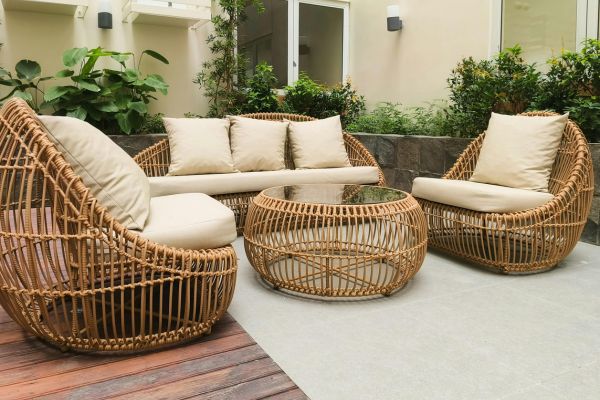Don’t like pruning?
Avoid planting trees near overhead lines. Evergreens are more likely to maintain a conical shape than evergreens. They will need little pruning, and you can give them some guidance when they’re young if they have multiple leaders. A mixed hedgerow is a mixture of plants, so you won’t have to do any pruning.
Give some perspective
While we understand the desire to get out the chainsaw to start cutting is overwhelming for some male species, it is important that you think about what you are trying achieve before you do. To prune, you can go through our step by step list. Take a look at the tree to determine its shape and goals. After each cut, take another look and reflect on the next steps.
Making the cut
A good pruning cut should be made close to the main trunk and lateral branches. However, it shouldn’t be too close. You should get as close as possible to the branch bark collar at the base and the top of the tree. The collar is very important because hormones in this area aid with wound healing.
No stubbies
Avoid creating a stub. A cut too far from the ridge or collar can cause dieback. It looks horrible.
Techniques for cutting large branches
To prevent unsightly bark tearing, do not trim branches larger than 3-4cm. Make a cut at 40cm from the trunk. Then, cut the branch through to where it is sagging and trapping your saw. Cut the top of the branch 45cm away the trunk. This will allow it to split between the two cuts. There’s no need to trap the saw or torn bark. The stub can be trimmed back to a straight cut like above.
What about dead branches?
These should be the most important pruning job. You should make it your first priority to remove any dead branches or shrubs. This is both for your health and aesthetics. It will also give you a guideline to follow when planning how to prune further.
Branch crossings or too close?
This is your next pruning decision. You should remove any branch that is too closely or rubbing against one another. It will reduce light and airflow through the tree, especially if it’s a fruit tree. If they touch it creates a wet area which will be more susceptible to disease and fungi growth.
Are the major limbs less than 45 degrees?
If a tree is growing a large limb that is less than 45o from the trunk, it is much more likely to be split in high winds. Catch it as soon as possible, if it is young enough. Consider the damage that the limb will cause to large trees and then weigh the cost against the benefits of having it removed in a controlled setting.
Stop being a sucker
It is better for the tree and its appearance to remove suckers and strong shoots as soon as possible. Trees that are suckers will rob them of valuable nutrients and can make trees look ugly. It is best to remove them when the tree is young.
Troublesome branches
Sometimes it is necessary to be practical. If you find that a tree or shrub is making your life difficult, it’s time to either cut it down or remove it. Winter is an excellent time to prune. In winter, you can see the structures of trees or shrubs more clearly and don’t have to deal wtih wet leaves. It’s also easier to create pleasing shapes.
Is it really necessary to prune?
In a forest setting, a tree must compete at an early stage. Stronger trees can take in more sunlight, water and are less likely to be damaged by storms. Weak trees will eventually die. Trees in open areas, such as on your farm or in your garden, are less likely to sustain damage and to suffer early death. You are the pruner. You remove weak branches, strengthen the structure, and help ensure that the tree lasts.
You don’t have the obligation to heal the wound.
Studies over time have repeatedly demonstrated that good pruning does not require any type of wound dressing or painting. Contrary to long-held beliefs that a painted or decorated wound is more susceptible to insect damage and disease, it can crack or be damaged easily, which allows the pest or disease to get into the tree.
WHEN DO YOU PRUNE?
Trees with damaged or diseased branches can be removed anytime of the year. The best time to prune trees is after spring has begun. Maintaining pruning during this time can lead to stunting.
Here is a guideline for maintenance pruning:
- Early spring: trees that bloom in summer
- Early summer: hedges, evergreen trees and early-spring blooming plants
- End of summer: maples and birches
- Late Winter: Mature fruit trees, young fruits trees (although they can be late, winter), and all other things.
SAFETY FIRST
Pruning larger trees may require some Tarzan-like feats. You will need to use loppers, sharp saws and, most importantly, a chainsaw. Do not take these responsibilities lightly. Be safe
- You shouldn’t be able to trim a tree from a ladder.
- You shouldn’t be able to climb up while you have tools. Instead, pass them to you or grab a rope so you can pull them up.
Always wear safety glasses and a hardhat
- Avoid trying to tackle a dangerous or complex job. Call in the professionals instead.


